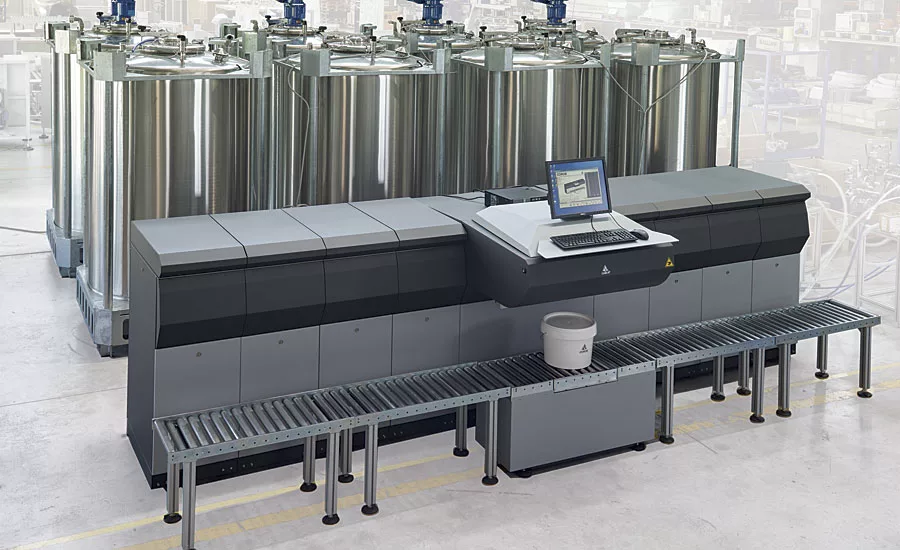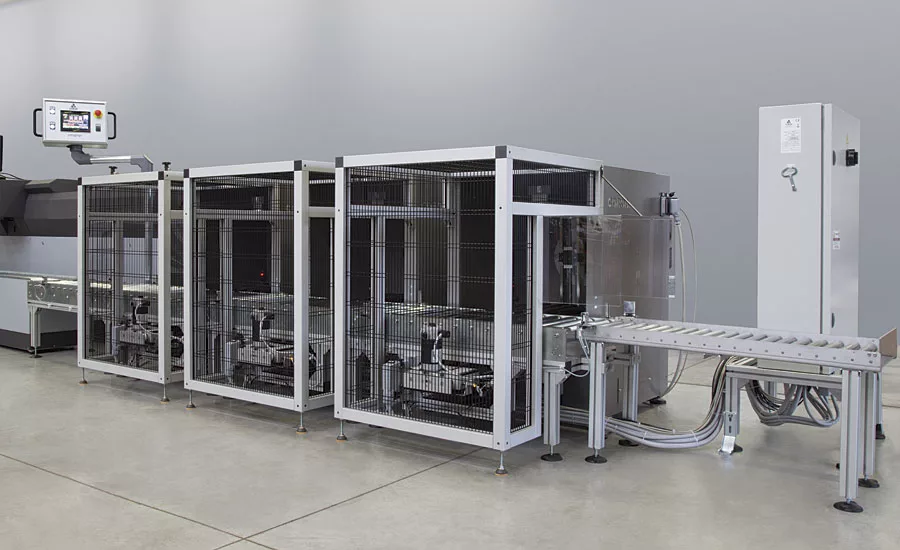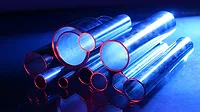Bringing Efficiency to the Tinting Process with In-Can Production


Color selection and personalization are an important factor for distinguishing a company’s offerings in the marketplace, while enabling customers to purchase tailored products. Companies of all business types are searching how to make this trend become more controllable and cost effective.
There are several production systems available for companies that require flexibility with extensive and varied demand for tinted paint or tinted products on a daily basis. Among the different tinting production methods is the “in-can” production system - an efficient and economical solution.
In-can production solutions are completely customizable, allowing customers the ability to create a system to meet any budget or space requirement. These systems deliver increased factory efficiency. Additional benefits are improved color repeatability of the tinted paint or product. Users will capitalize on the reduction of unwanted prefilled inventory and miss-tints, which decreases the amount of scrapped and reworked materials. The system’s flexibility to produce smaller and more profitable special orders, as small as a single tinted can, is just one of the many benefits of the in-can system.
The ability to deliver tinted product to a store, job site or end user in a timely manner reduces inventory, minimizes lead times and improves customer satisfaction. An in-can production system enables faster response-to-market requests, as orders can be delivered the same day, replacing the standard delivery time of several days to weeks.
Generally, a system can include automated units for dispensing base paint by weight or volume, colorants by weight or volume, lidding, labeling and mixing. Such a modular system makes modifications easy and cost efficient.
The range of applications is also remarkably broad. While decorative and industrial paint companies have typically been prone to using such systems, industries like the inks and wood finish sectors are equally starting to benefit from a more ‘ad-hoc’ tinting process. In-plant systems can be used also for the leather and textile industries, as much as for the plastics business.
Inefficiencies that are typically embedded in the “in-batch” production method are eliminated with the use of the in-can process, as no paint, labor or other resources are wasted through cleaning or testing individual production batches. This represents a huge advantage compared to traditional paint coloring processes where over production is the rule.
In-can production system lines eliminate surplus product, waste and storage space, ultimately saving money. At the same time, the client is certain to receive an exact color match in the expected pack size and quantity.
Another winning point is being able to serve remote or demanding markets, usually representing a challenge. By placing an in-can production system in strategic locations, delivery time is shortened, and logistics costs, warehousing space and inventory are reduced.
Running at speeds of 80 to 120 pails an hour, in-can tinting lines will handle various bases, sizes and color formulations without the need for cleaning, setups or exchanging equipment between batches.
The use of automated mixing stations is equally important for keeping up with tinting productivity, as the mixing step is usually the most time consuming. The automated mixing stations allow for an efficient and safe working environment, so that the operators are relieved from heavy and repeated backbreaking lifting operations, reducing personnel costs or health-related absences.
As a result, the line can run nonstop up to 24 hours a day. Annual maintenance downtimes can be conveniently scheduled during low production times. While in-can lines typically account for 15 to 20% of a company’s paint production volume, they account for 60% of its required production. Depending on design, in-can systems are designed to produce between 100,000 and 1.2 million gallons (400K to 4,5M liters) annually.
For more information, visit corob.com/en/.
Taking Control of the Bottom Line
An in-can production system can:
- Generate high volumes of tinted product within a small footprint;
- Provide just-in-time availability of any product, color and pack size;
- Minimize net working capital by reducing the level of finished goods inventory;
- Increase customer satisfaction by delivering required quantity of product on time; and
- Eliminate cleaning or setup time needed to switch from one order to another.
Looking for a reprint of this article?
From high-res PDFs to custom plaques, order your copy today!






